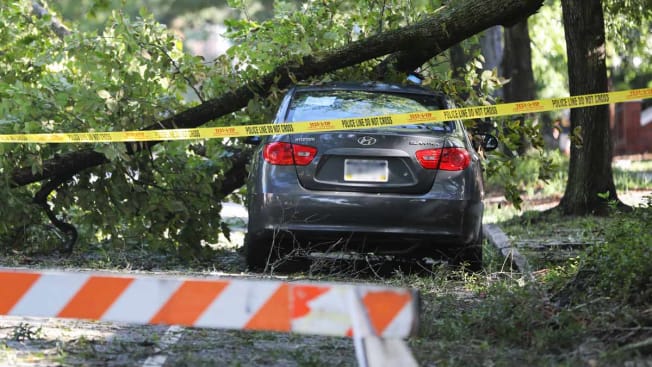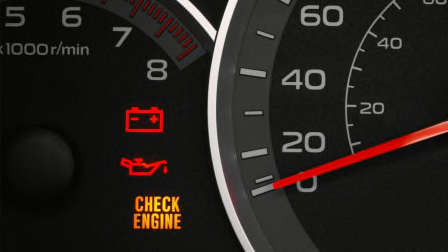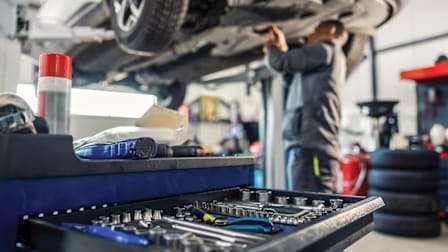Button it up. If a window was cracked or knocked out in the storm, be sure to cover and seal it tightly to prevent further water intrusion and damage. A tarp and packing tape should do the job.
Read up on your insurance policy. “Contact your agent or insurance company and advise them that your vehicle has been flooded,” Mitchom says.
If you have comprehensive coverage, your vehicle is covered for a variety of accidents and natural occurrences. But if you have only liability insurance, then damage to your car isn’t covered. When in doubt, call your insurance company to get the details and start the claim process.
Determine whether you can salvage your car or need to trash it. If the vehicle isn’t operable, you’ll need to have it assessed. You might find a local, certified mechanic who can give the car a quick driveway inspection and advise on the next steps. Otherwise, you might need to have it towed to a repair shop where the vehicle can be inspected top to bottom, looking for potential damage and water intrusion, and making sure the electronics and airbags are functional.
Some components don’t mix with water. Both EVs and conventionally powered vehicles are very susceptible to having their various electrical systems damaged from being covered in floodwater. While EVs have additional electronic components for their motor or motors, along with the battery, there’s no telling what could happen to the various electrical systems in a vehicle exposed to floodwaters.
Stuart Fowle, a representative for General Motors, says that both EVs and gas-powered vehicles have a 12-volt electrical system, which is "subject to flood damage, can affect screens, controls, and electrical components. It’s not advisable to drive any vehicle that’s been submerged in water without a comprehensive inspection by a professional."
Avoid stinky-car syndrome. Flooded cars eventually smell moldy and musty, especially if water has soaked the carpet and fabrics. Removing those odors is a tall task without replacing the saturated materials. Another concern for trapped moisture is that parts may begin to rust, which could compromise the structure and cause significant damage. It’s key to dry out the car quickly, clean it thoroughly, and potentially replace the carpet or other materials.
A truly flooded car can be repaired, but that comes at a high price. You’ll need to weigh the cost of fixing it and future dependability against the price of buying a new or used car. Of course, your insurance coverage may guide this decision.
If you need to take the car to the junkyard, make sure the next car you buy performs well in Consumer Reports tests and is reliable and safe. See CR’s vehicle model pages for more information.





















